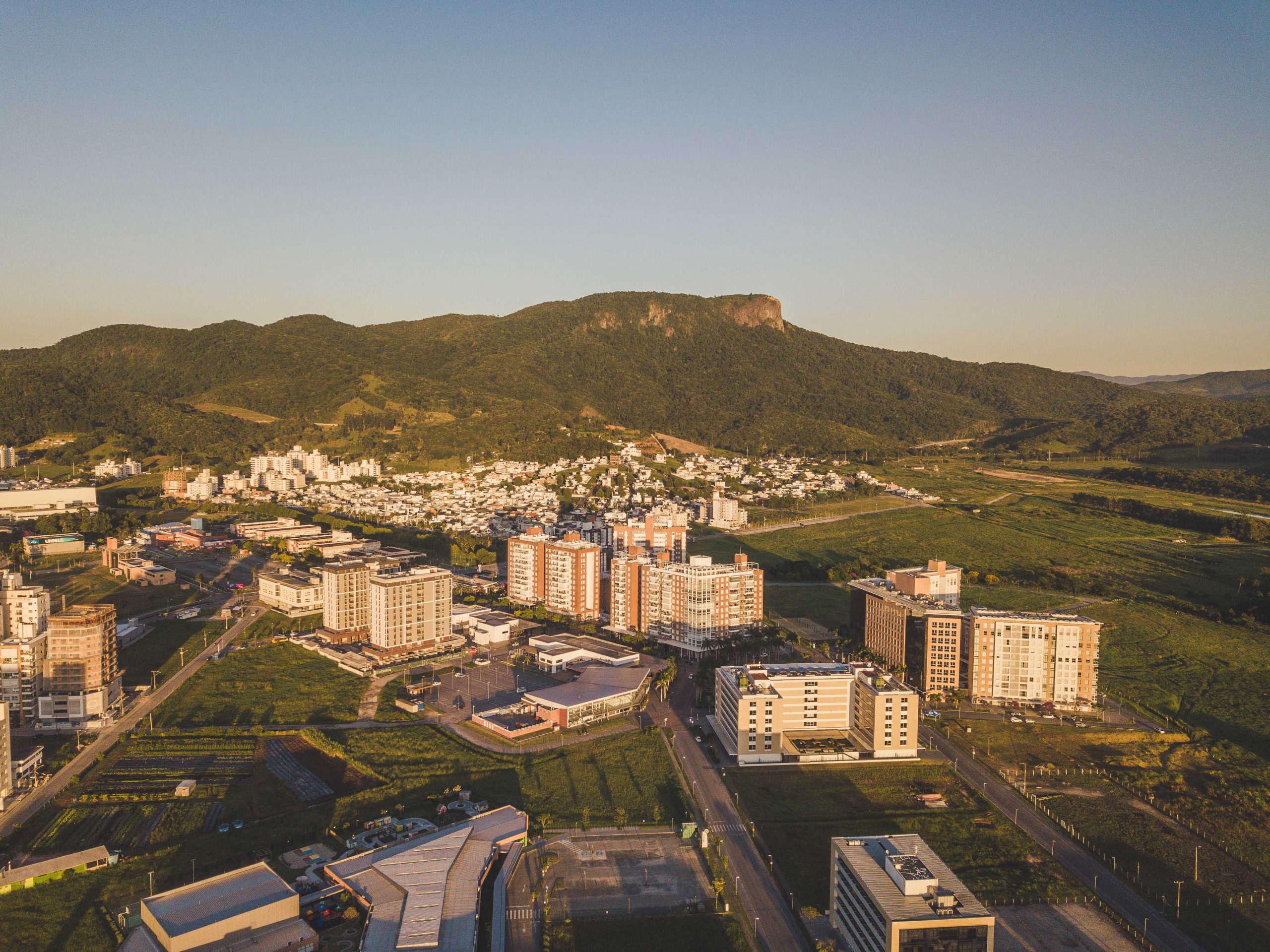Estimated reading time: 4 minutes
Technology is increasingly present in our routine. Now, have you ever stopped to imagine how it applies in your municipality? Get to know the Smart City concept and its accelerated growth around the world.
What is a smart city?
Known as “tech city” or “smart city”, it is much more than a space or a particular municipality. Some studies show that this is the name given to a system of people who are interacting and using their knowledge and resources to develop the city economically and culturally.
However, far beyond this optimized and effective development of the city and its actions, a smart city has the use of technology extremely present in all day-to-day processes.
For many people, the smart city concept is still very open or comprehensive, since intelligence itself can be understood in many ways. Even the American scientist, Howard Gardner has his theory of multiple intelligences, which argues that there are seven types of intelligence:
1. logical-mathematical;
2. linguistic;
3. spatial;
4. bodily-kinesthetic;
5. interpersonal;
6. intrapersonal;
7. musical;
Regardless of whether you believe in Gardner’s theory or see intelligence in another way, we can consider that the concept is intrinsically related to the ability to accomplish or solve something. This is how a smart city should be seen, as a solution to the needs of that society.
Today, the so-called “smart cities” are already surpassing several global centers. According to a study by the British insurance company Savills, the GDP of smart cities is expected to increase by 36% in the next decade.
An example of a tech city is Beijing, China, which has attracted the attention of investors and has accumulated an average of US$ 34 billion in the last three years.
The study also shows that the idea of coworking, that is, shared workspaces, is also growing exponentially in the technology sector. In a smart city, the concept of sharing is very strong, mainly because of the savings it can generate for everyone.
How important is it for society?
What goes through your mind when you think about technology and intelligence? A few decades ago, we imagined that in the 21st century there would already be flying cars and robots in every corner of the city. However, this is still not the reality of most communities around the world.
Today, cutting-edge technology still remains in the most developed countries. However, this does not mean that there cannot be a smart city right here in Brazil. A study by the American management consulting firm McKinsey & Company shows the importance of the smart city for society.
According to this company’s article, technological and intelligent development in a city has the ability to evolve other points within that community as well. These are some of them:
• free time and convenience in routines;
• more safety for day-to-day activities;
• a fairer cost of living for all;
• creation of jobs and opportunities;
• greater social connectedness and civic participation;
• preservation and environmental quality;
• greater disease prevention and access to healthcare;
5 features of a smart city
So, what are the features or ways of defining a smart city these days? The main point is sustainable development as the basis for this community.
Sustainable development is a model of economic, social and political development, but always in harmony with the environment. This means that all natural resources are used intelligently, always meeting the needs of modern society. The goal is that resources are preserved and maintained for future generations.
In this way, among the features of a smart city are government and community initiatives in the following areas:
1. Social: the development of actions that generate access to quality culture and education. This involves managing schools, museums, art galleries and leisure in general.
2. Economic: a smart city is connected with the generation of jobs, training of entrepreneurs and plans for the growth of the local economy.
3. Environment: care in all urban planning is linked to the preservation of nature. Incentives for reduction, reuse and recycling, for example.
4. Mobility: easy access to public services, smooth movement in the city and the expansion of sustainable transport are the focus of smart cities.
5. Benchmark: with the macro objective of improving tourism in the region, a smart city must also be focused on becoming a global benchmark in its actions.
A smart city near you
When researching the biggest smart cities in the world today, we can find big names like New York, Beijing, Amsterdam, London, Singapore…
However, have you ever imagined finding a smart city near you? In line with your community and your routine? Despite the project being challenging, Cidade Pedra Branca was created with the aim of being a creative, smart, sustainable city and the ideal place for families and companies to build their futures.
Located in the municipality of Palhoça, in Greater Florianópolis, Cidade Pedra Branca has a total of 2,300 lots, in about 250 hectares. A space that, since 2013, already offers opportunities for housing, commerce, services, leisure, work and education.
Following one of the main features of a smart city, in Pedra Branca, all distances are comfortable to walk or cycle. A complete and prepared neighborhood-city for 40,000 residents, 30,000 jobs and 10,000 students.
Learn more about Cidade Pedra Branca and be surprised by the possibility of finding a smart city near you: https://www.cidadepedrabranca.com.br



